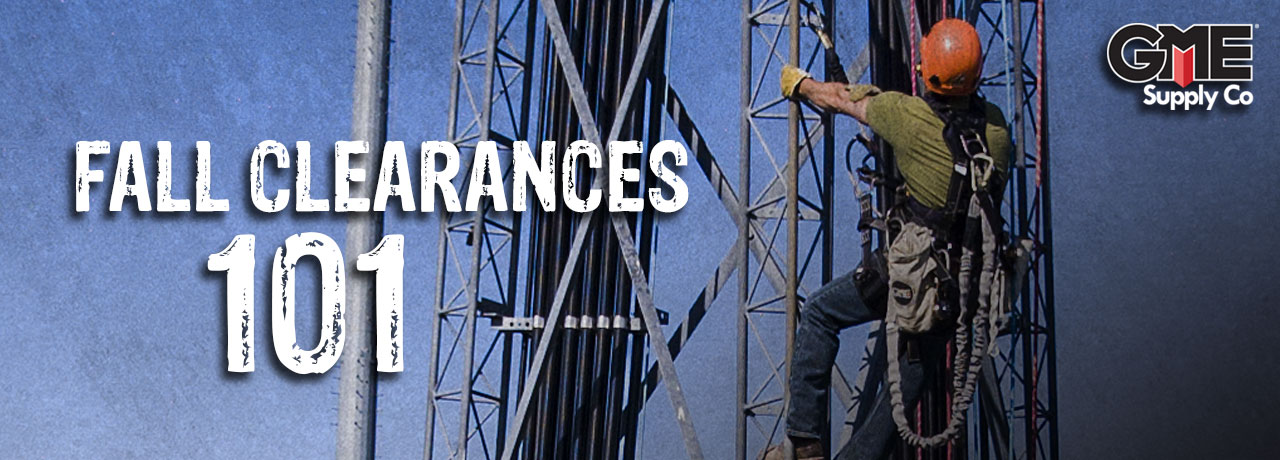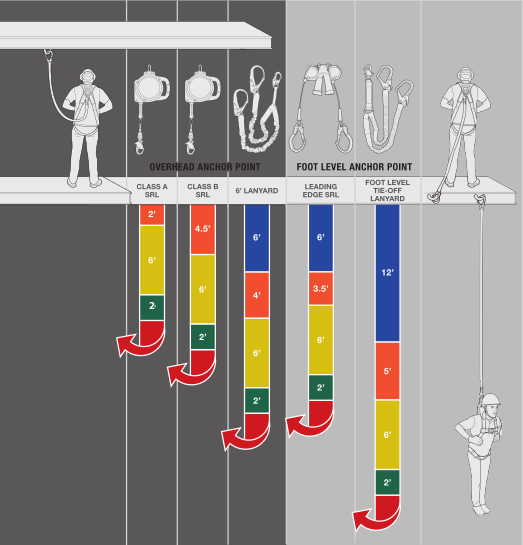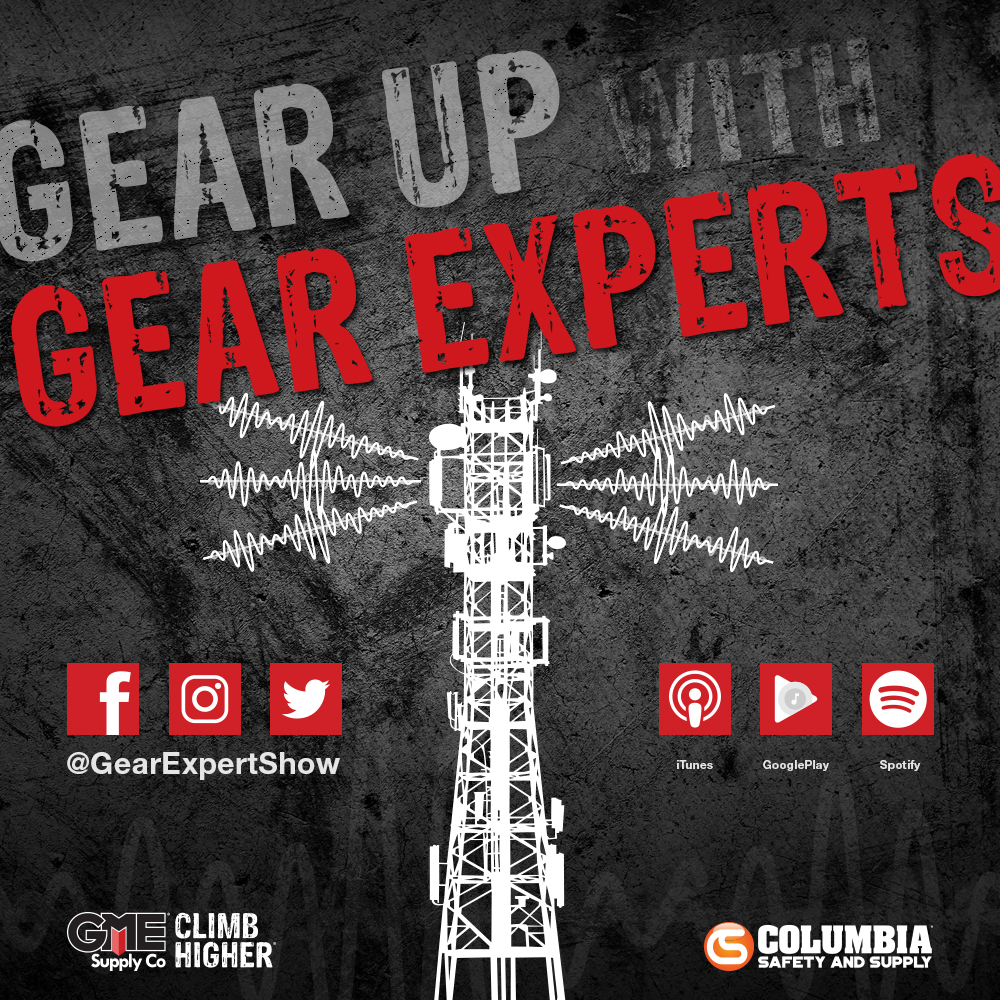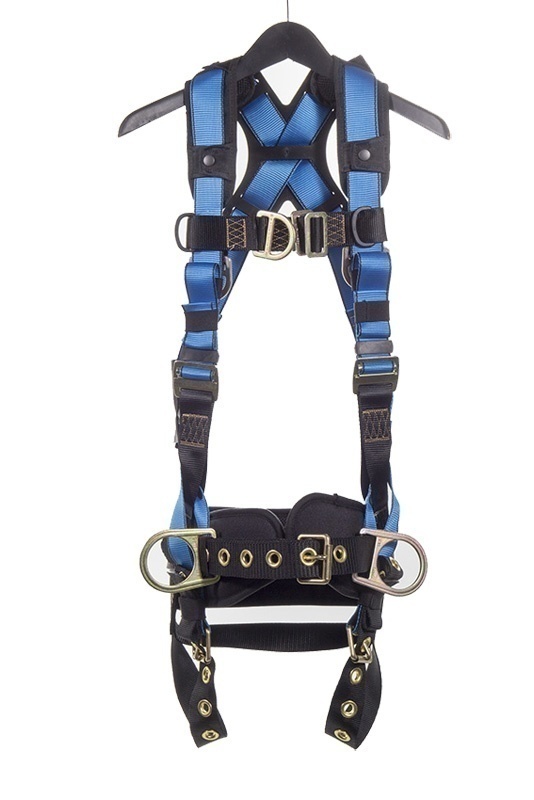Fall Clearances 101
 When working at-height falling is a constant danger. That’s where fall protection equipment comes in. But, just having fall protection equipment isn’t enough. Knowing how much fall clearance you need to prevent injury is an important part of staying safe in the event of a fall. Our Gear Experts® are going to talk about fall clearance and how to ensure that in the event of a fall, you’ve got enough room to be saved by your equipment without injury.
When working at-height falling is a constant danger. That’s where fall protection equipment comes in. But, just having fall protection equipment isn’t enough. Knowing how much fall clearance you need to prevent injury is an important part of staying safe in the event of a fall. Our Gear Experts® are going to talk about fall clearance and how to ensure that in the event of a fall, you’ve got enough room to be saved by your equipment without injury.
Fall Clearance
Fall clearance is the height needed to safely arrest the fall of a person at-height. This includes a calculation of a safety factor, including the stretching of fall protection equipment like lanyards. It’s important to note that fall clearance changes depending on anchorage location. For example, with a foot level anchor point, some equipment requires more deceleration distance to properly arrest the fall. Fall clearance is calculated using five main factors.
- Free Fall Distance
- Deceleration Distance
- Height of Dorsal D-Ring
- Harness & D-Ring Shift + Safety Factor
- Swing Fall
Free Fall Distance
Free fall is the distance covered before the fall arrest device engages or catches you. This distance varies for a couple reasons. Different devices take longer than others to engage. Your anchorage point also plays a part.Deceleration Distance
Deceleration distance is the distance required to fully arrest the fall. Once the device has caught, its energy absorber will require time and distance to stop you. Again, depending on the type of device, this distance can be just a few inches to multiple feet.Height of Dorsal D-Ring
This is the typical average height of the dorsal D-Ring on a user’s full body harness measured up from the walking working surface.Harness & D-Ring Sift + Safety Factor
This is the combined amount of harness webbing elongation and dorsal D-Ring up-shift during the entire fall event. It’s recommended to consider this additional distance as a safety factor.Swing Fall
Swing fall occurs when your anchorage is not directly above you. This hazard is typically most associated with SRLs since you’re able to work much farther from your anchorage point. The device will stop a fall in the required distance, but the worker may still swing a great distance - similar to a pendulum. This potentially puts obstacles, walls, or even the ground in the path of the worker. It is recommended to always work within a 30 degree safe zone from your anchor. If you must work farther away than this 30 degree safe zone, you must either transition to a different anchor, or consider using a mobile anchor.Regulations
When calculating fall clearances, it’s important to know the regulations of the equipment being used.
OSHA 1910.140
OSHA 1910.140(c)(5) covers SRLs. More Specifically, self-retracting lifelines and lanyards that automatically limit free fall distance to 2 ft (0.61 m) or less. OSHA 1910.140(d)(1)(ii) covers personal fall arrest systems. It states that personal fall arrest systems must bring the employee to a complete stop and limit the maximum deceleration distance the employee travels to 3.5 ft (1.1 m).OSHA 1926.502
1926.502(d)(16)(iv) covers personal fall arrest systems as well. It states that personal fall arrest systems, when stopping a fall, shall bring an employee to a complete stop and limit maximum deceleration distance an employee travels to 3.5 ft (1.07 m).Standards
In addition to regulations, the American National Standards Institute (ANSI) has requirements for personal energy absorbers and end energy absorbing equipment.
ANSI 3.1.8.1
ANSI 3.1.8.1 states that 6 ft free fall personal energy absorbers shall have a maximum deployment distance of 48 inches.ANSI 3.1.8.2
ANSI 3.1.8.2 states that 12 ft free fall personal energy absorbers shall have a maximum deployment distance of 60 inches. → Click here to download a free copy of our Fall Clearance 101 downloadable poster. In the below image, blue represents free fall distance, orange represents deceleration distance, yellow represents the height of the dorsal d-ring, green represents the harness & d-ring shift + safety factor, and red represents swing fall. **The content of this blog is not intended to replace proper, in-depth training. Manufacturer’s instructions must also be followed and reviewed before any equipment is used.
**The content of this blog is not intended to replace proper, in-depth training. Manufacturer’s instructions must also be followed and reviewed before any equipment is used.
Fall Clearance 101: The Video
Gear Up with Gear Experts: The Podcast
If you haven’t already checked out Gear Up with Gear Experts, our podcast dedicated to at-height, industry, and construction, it is available for download! You can find it on all major podcast listening platforms like Apple Podcasts, Spotify, Google Play Music, + your favorite podcatcher of choice. And, you can head on over to gearexperts.com to follow us on social media, check out our detailed show notes, and sign up for updates.

Get Social
Be sure to follow us on social media to keep up with everything GME Supply has going on. Facebook | Instagram | YouTube | Twitter | LinkedIn













